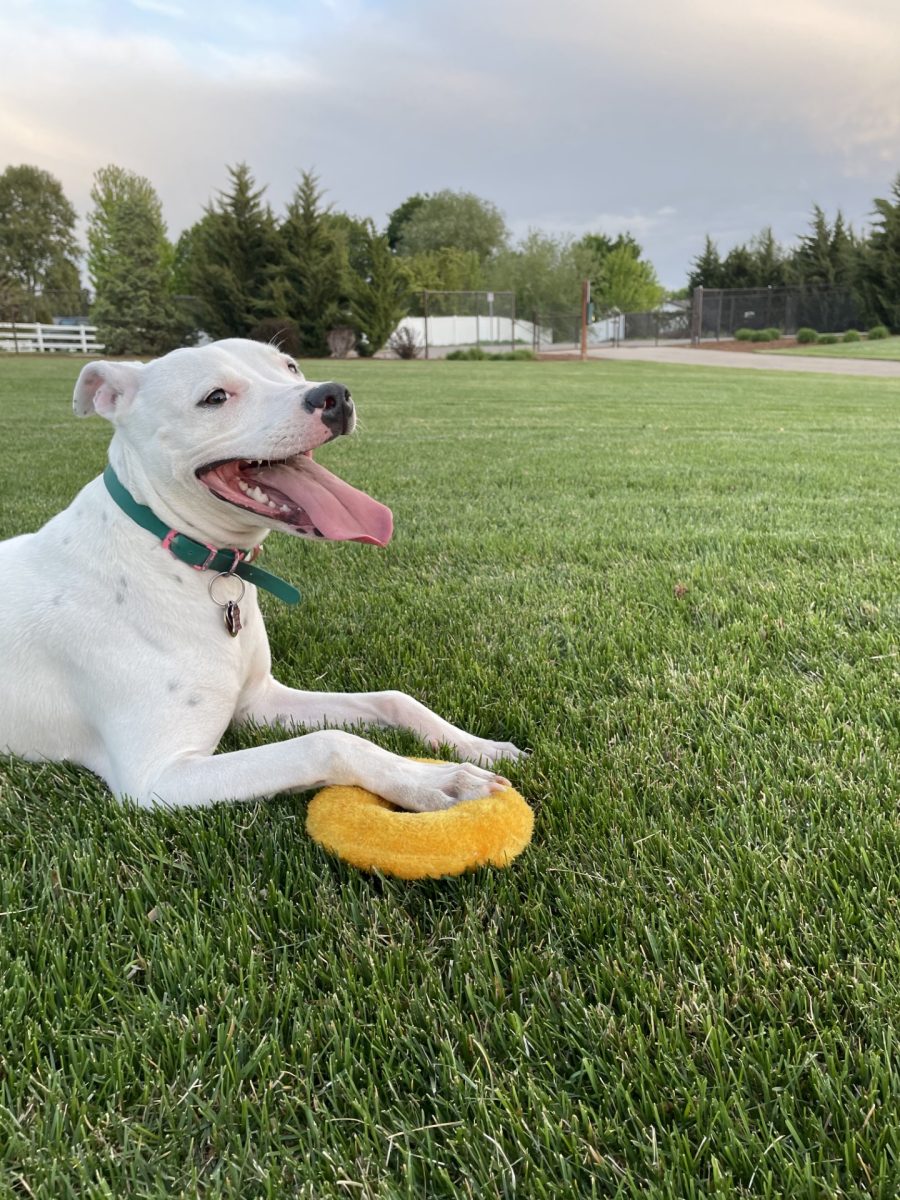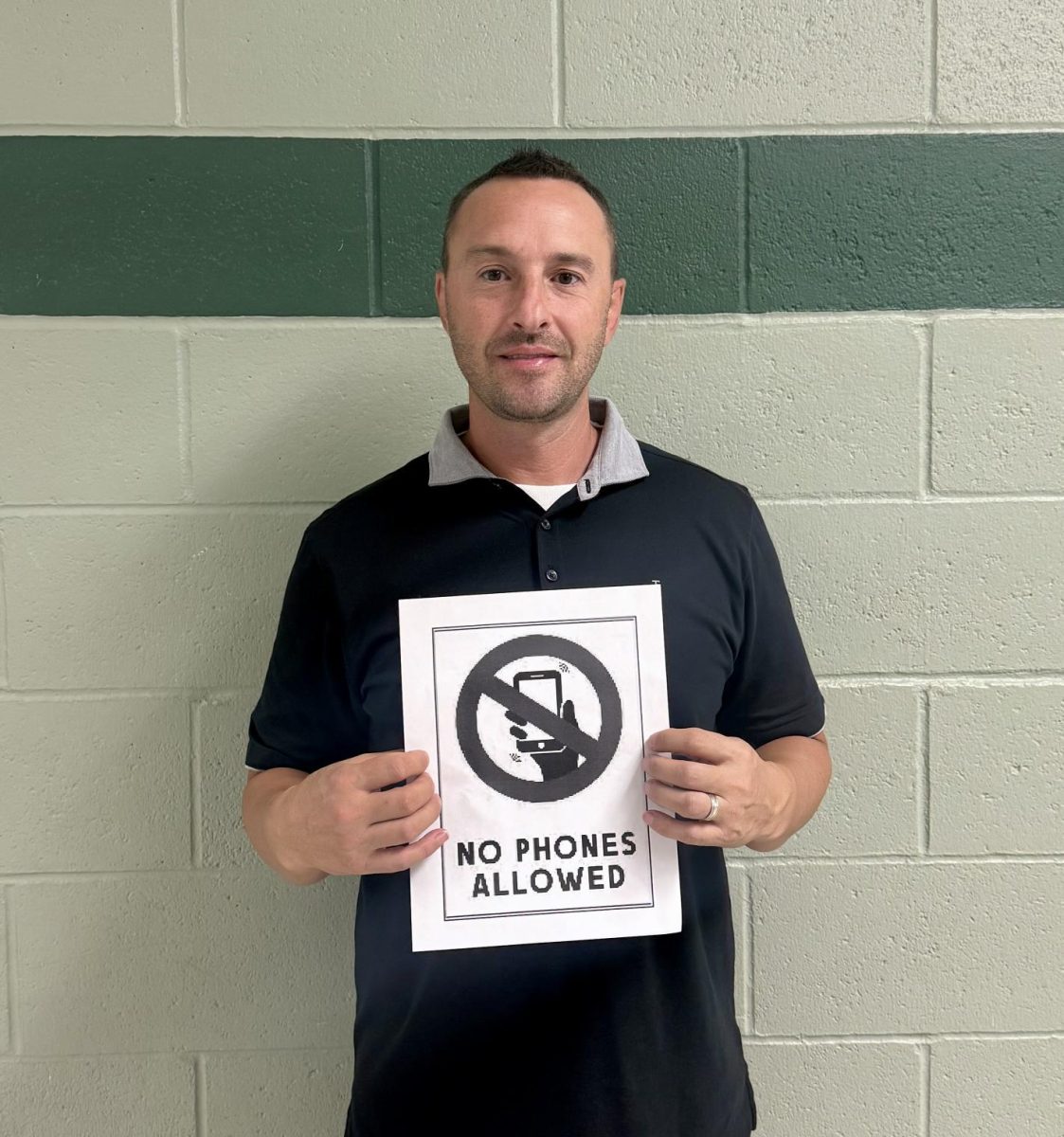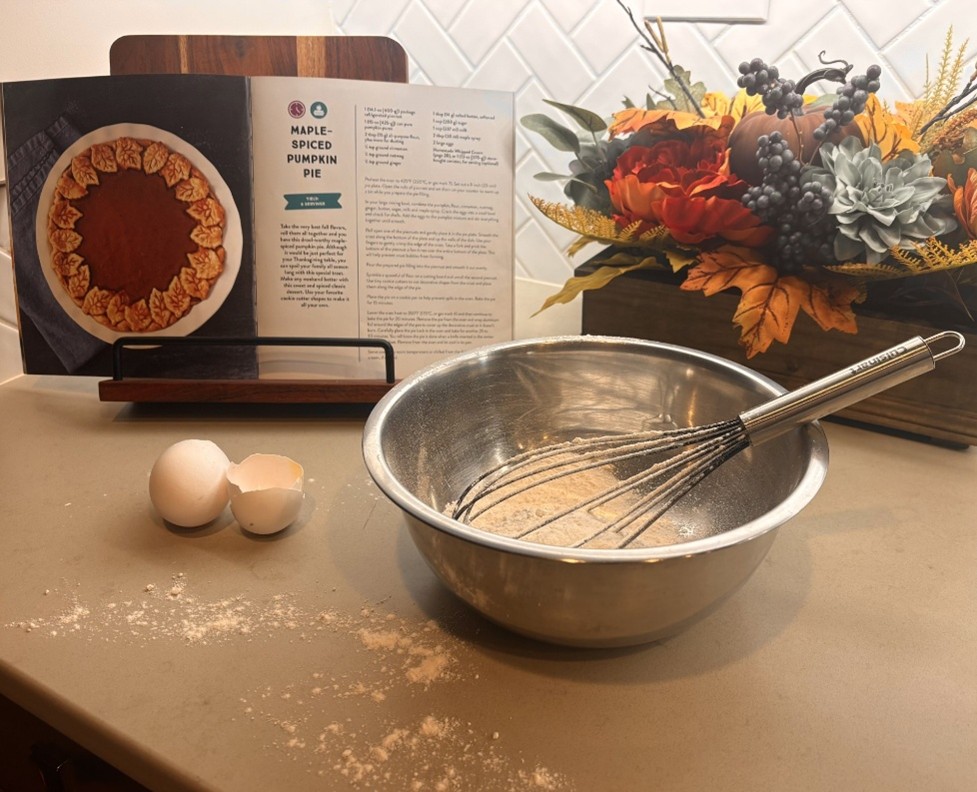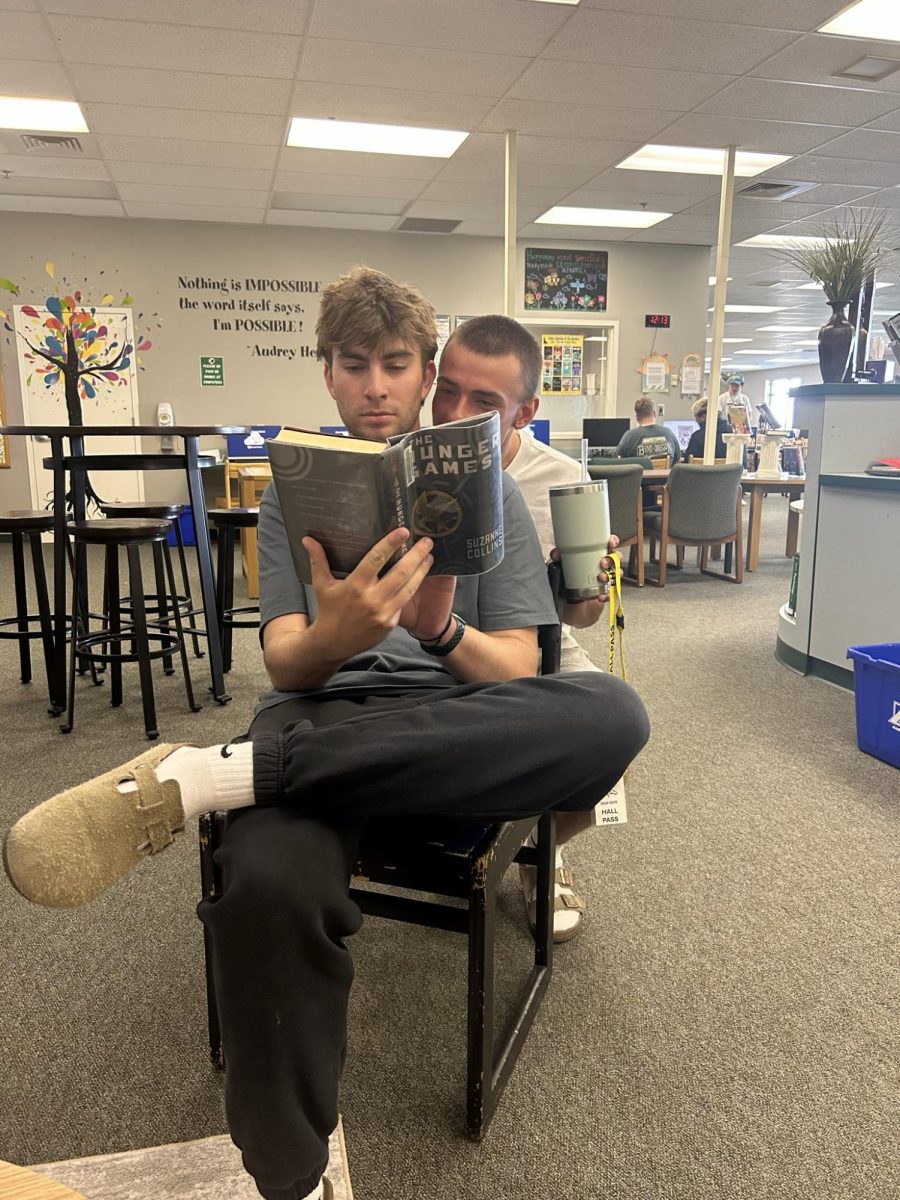Mary Ann Cotton, former nurse and dressmaker, was charged in the 1800s for poisoning 21 people including her four husbands and 11 of her children.
Cotton, born Mary Ann Robson in 1832 in Low Moorsely, Great Britain, was a bright woman who left home at 16 to become a nurse, but returned three years later to become a dressmaker. In 1852 she married her first husband William Mowbray.
According to Brittanica.com, “Over the next decade or so, the couple had eight or nine children. (The lack of documentation—such as birth and death certificates—leaves many details of Cotton’s life open to dispute.)”
In 1856, after four years together, the family was on edge after four of their children fell ill and died of gastric fever. Mowbray purchased life insurance for himself and his still living children in case they also contracted gastric fever. Then, like clockwork, in 1860 they all fell ill and died of gastric fever too.
Cotton collected the money, took her remaining kids and went on to marry her second husband, George Ward. After less than a year into that marriage, he too died, and Cotton went to the bank yet again to collect the insurance money.
But she wasn’t a single woman for long. In 1857, she married her third husband, James Robinson. She supposedly pressured him to get a life insurance policy on himself, but he refused, especially after some of his children fell ill and died. They divorced, and he was lucky to escape with his life.
Husband number four wasn’t as lucky. In 1870, Fredrick Cotton became husband number four and next in a long line of victims.
According to allthatsintersting.com, “As she collected his insurance money, she became pregnant with a fifth man’s child. But then he died under suspicious circumstances.”
She, in total, killed 21 people: four husbands, two lovers and 11 of her own children. But how did she get away with this, and how did she ultimately get brought to justice?
In 1873, after giving birth to her last child in prison, Cotton had to plead her case in court. Officials were able to find out what she killed her victims with, thanks to James Marsh and his invention of the first arsenic detection testing kit in the 1830’s. In the 1800s, arsenic was very common, being used in things from baby carriages to wallpaper and everything in between. However, with the amount of people that died around her, they ruled out the idea that this was an accident.
After finding her guilty on March 24, 1873, after the jury only deliberated for an hour, Cotton was set to be hung, only two months after giving birth to her 13th child, a daughter and one of the few of her children to outlive her.
A journalist of the times via allthatsineresting.com described the scene of her hanging, “Mrs. Cotton, who scowled fiercely and with an air of defiance at the crowd, and who muttered constantly but indistinctly, took her place upon the drop with remarkable composure… the wretched woman was launched into eternity.”
Cotton would go on to unequivocally be Great Britain’s most apparent serial killer until Harold Shipman killed almost 260 people in the late 20th century. Her inadvertent creation of the first poison detection kit, which led to her arrest and hanging, was a giant leap forward in the use of modern forensics and criminal investigations today. She also advanced forensic the creation of motivation ideas, or as we call them today, motives.
Mary Ann Cotton’s case not only created a rhyme that has lasted generations, “Mary Ann Cotton, she’s dead and she’s rotten, lying in bed with her eyes wide open. Sing, sing, oh what should I sing? Mary Ann Cotton is tied up with string. Where, where? Up in the air. Selling black puddings [a meat type that was common during that time] a penny a pair. Mary Ann Cotton, she’s dead and forgotten, lying in her bed with her bones all rotten. Sing, sing oh what should I sing? Mary Ann Cotton, tied up with string.”
Cotton’s story can be summed up like this; she was the first notorious serial killer, the black widow among society and integral part of the advancement of forensics. Murderer, mother, and faithless wife, along with being the first documented woman to kill for insurance money.










































































